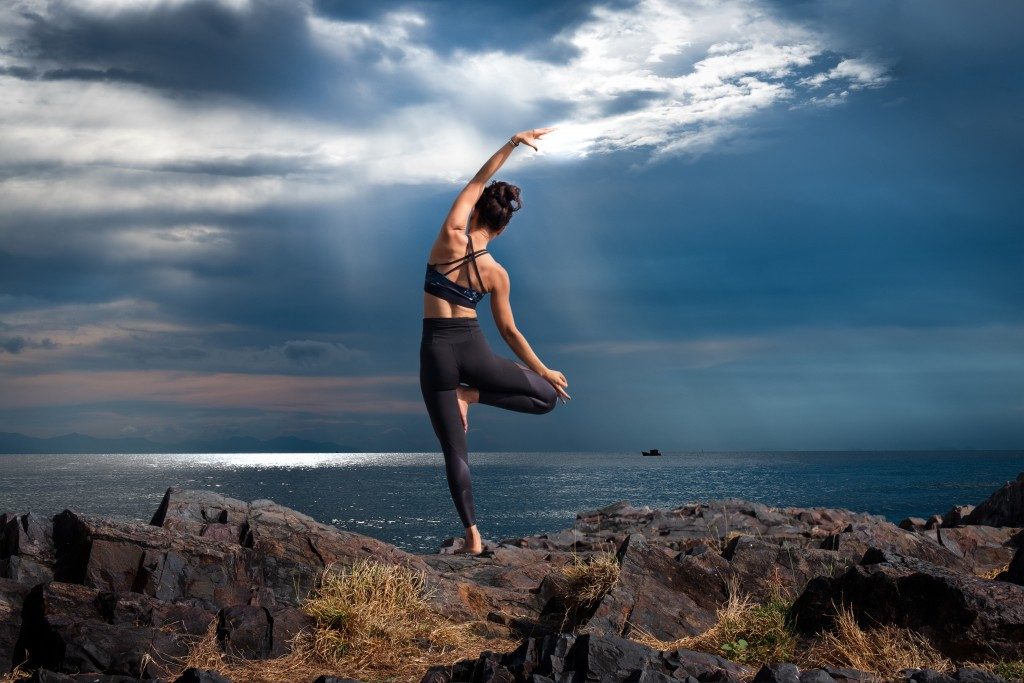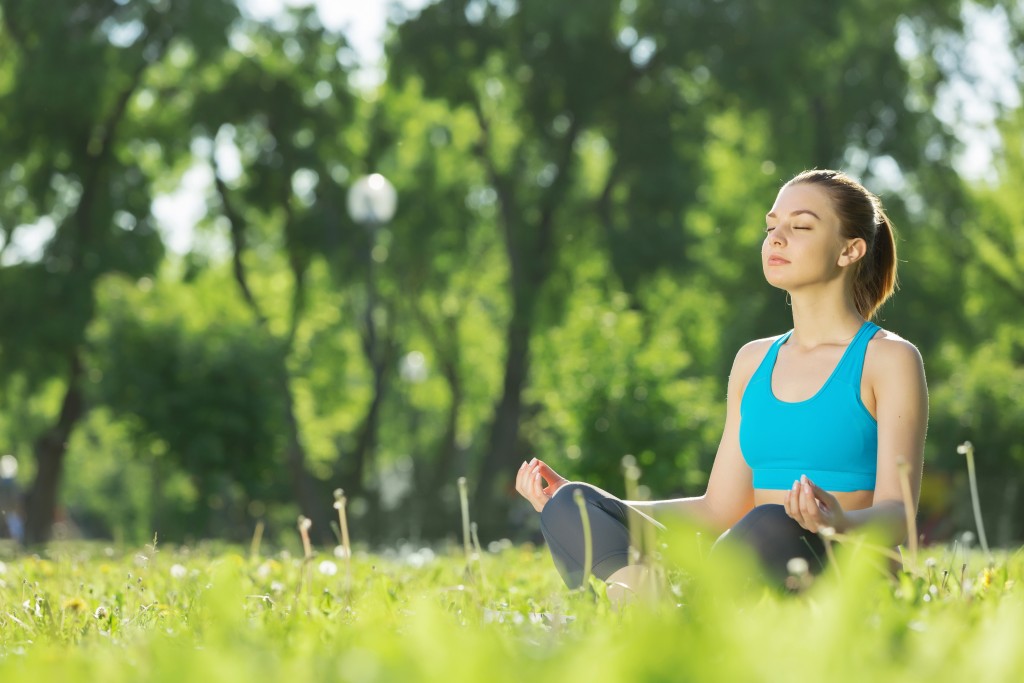The world is now a bustling place and people always seem to be on the go. Even so, people know the essence of meditation. It has been proven to relax your mind and heighten your awareness in the current stressful world where people’s senses are generally dulled. Even 20 minute guided meditation has a profound effect on your spiritual and physical well-being and can help you rejuvenate. Because most people assume this means a few minutes of sitting still, only a few are meditating since they can hardly sit still.
A recognized centre for yoga retreats appreciates that some people can barely hold still and now teaches two forms of meditation: passive and active meditation. Active meditation is also called movement meditation and lets you experience various body sensations that have a similar effect as passive or silent meditation. Some movements will also focus on relieving tension on specific body areas such as the top of your head, the toes, tailbone, and solar plexus.
The following are the typical techniques used in active meditation.
Ashtanga Yoga
This practice synchronizes your breath using a series of postures. Ashtanga yoga was popularized in the 20th century and is considered a modern type of classical Indian yoga. Here, you will focus on your ujjayi pranayama (breathing techniques), asanas (postures) and drishti (a gazing point). These will help you gain a new level of self-awareness and achieve control of your senses.
Bhakti Yoga
This is sometimes called the yoga of love since the heart is considered the doorway to your awakening. Bhakti yoga involves the direction of your devotion and love towards something external such as a guru, God, or the Divine. Some of the techniques used in Bhakti yoga include prayer, mantra recitation, chanting, singing, and reading books of wisdom.
Power Yoga

This marks an intense and fitness-based type of yoga. The classes are energetic, dynamic, flowing, and generally fast-paced. It follows the same poses as those used in Ashtanga yoga for the holding of poses that improve your breath. After these poses, you will move through a Vinyasa (a movement between your poses).
Prana Flow Yoga
This form of active meditation is a rhythmic and challenging yoga practice founded in 2005. It is, at times, considered a type of Vinyasa yoga that focuses on movement. Prana flow yoga involves near-continuous movements in flowing sequences combined with music and sometimes, dance. It generates greater life-presence, joy, and vitality.
Kundalini Yoga
This is also called the “yoga of awareness.” It stems from Hinduism practices and combines postures, mantra, meditation, and breathing techniques. Kundalini yoga will balance the nervous, glandular, and circulatory systems for the increase of awareness, promotion of health, and unlocking of potential.

Some people associate activity with meditation. The above information, nonetheless, shows that there is another side of yoga meditation other than the famous passive one. If you are an active person and cannot handle the stillness and silence used in passive meditation, then the above techniques will work perfectly to give you all the benefits of meditation. Your journey to mastering them will begin at a yoga retreat centre that will teach you all the essentials of their practice.




